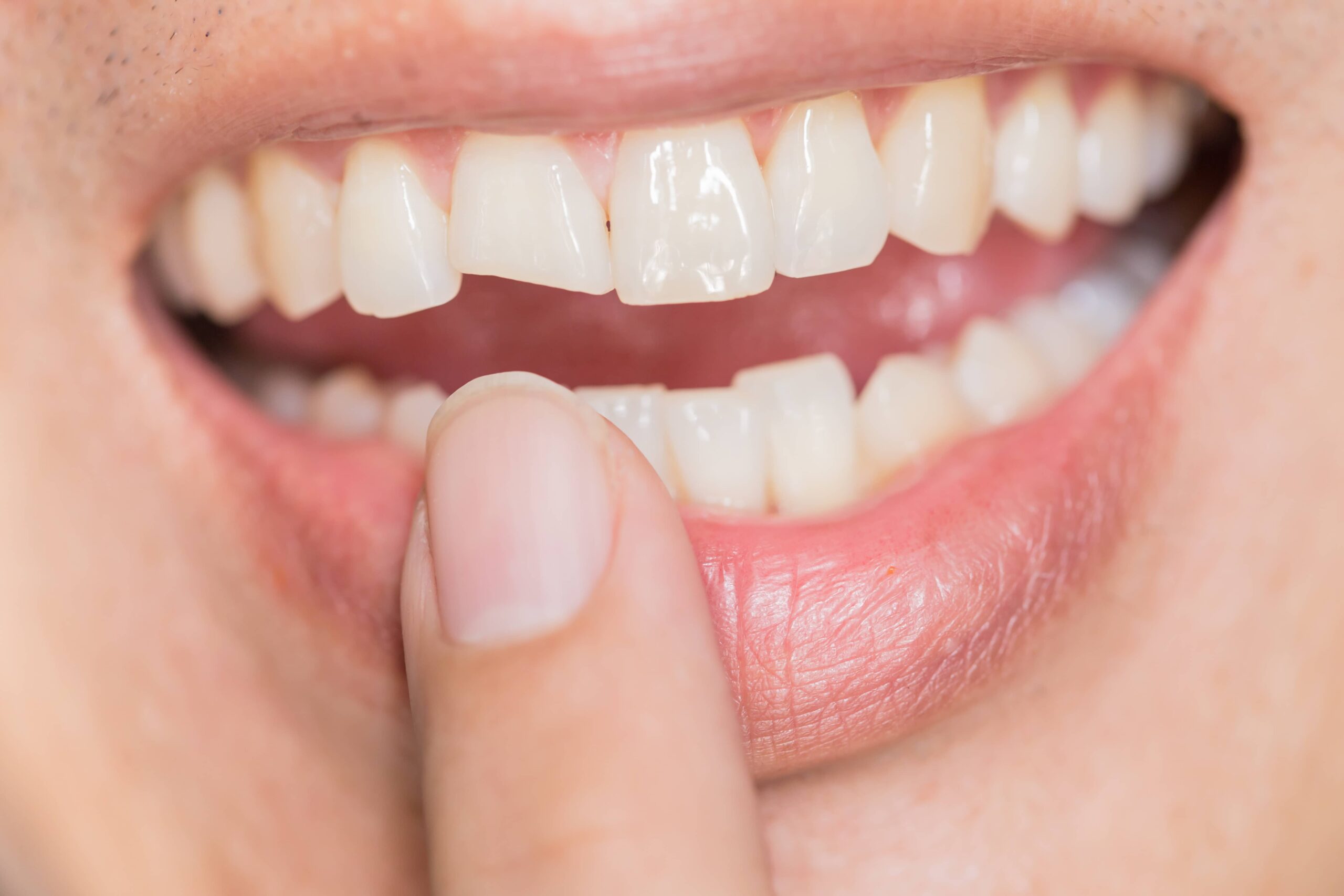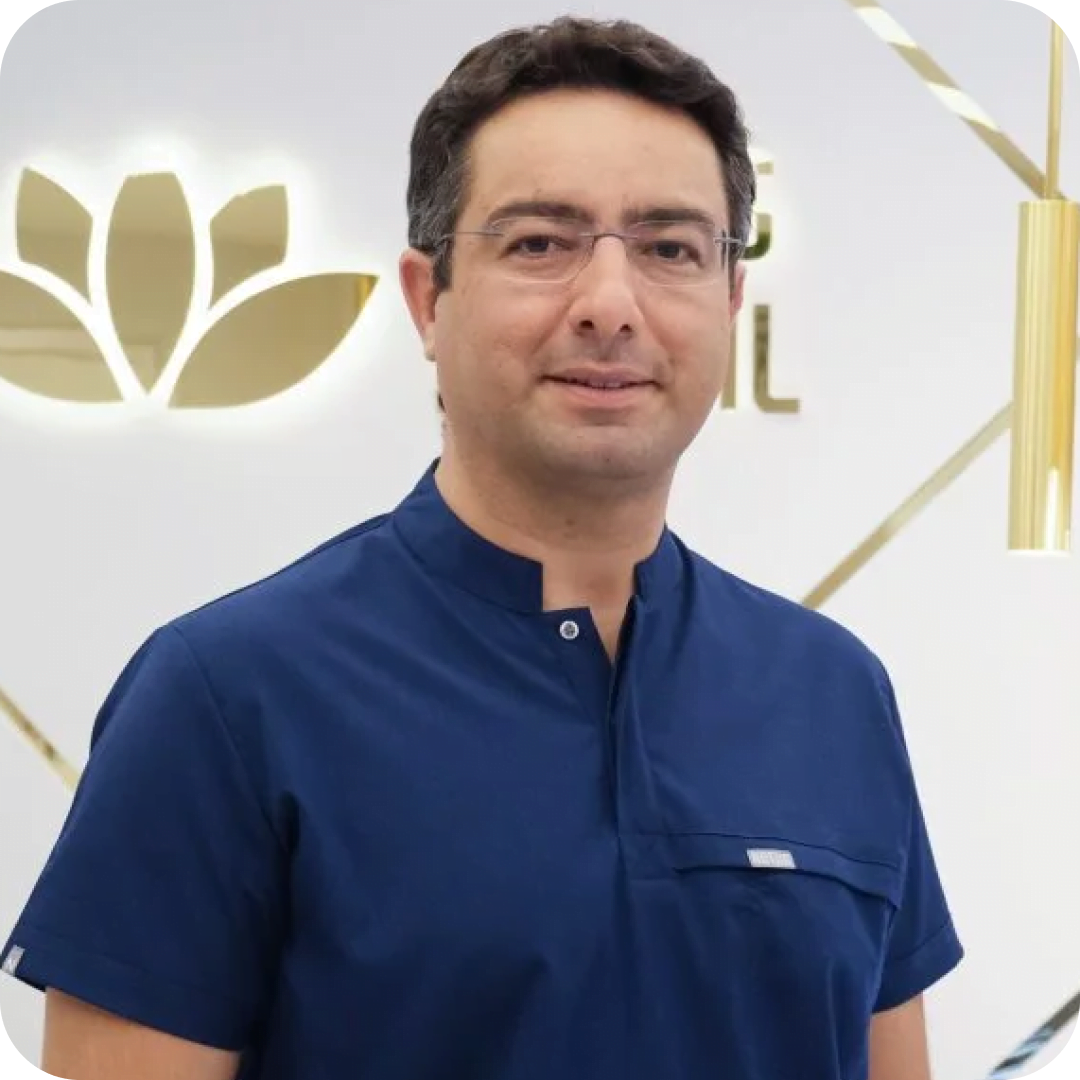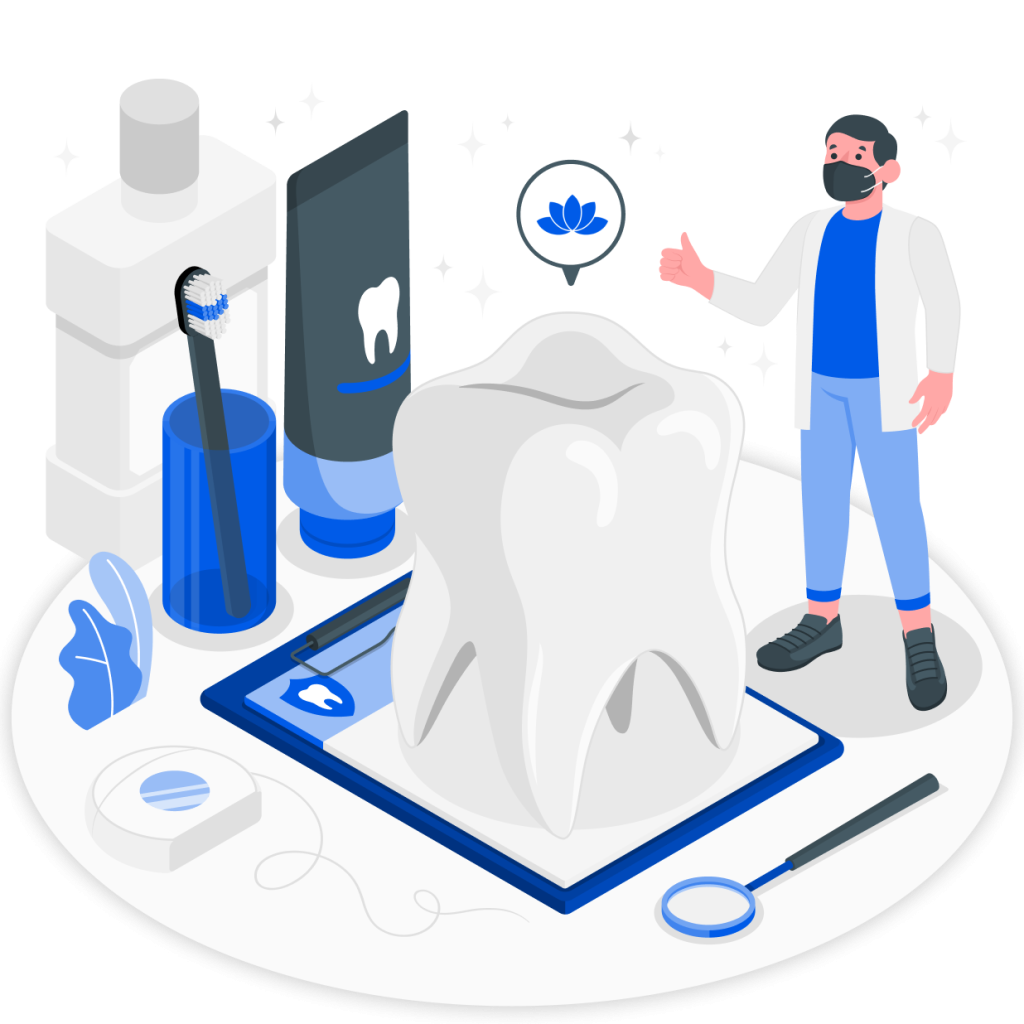Tooth fractures caused by a hard object may require urgent treatment. In such a case, even if there is no pain in your broken tooth, the dentist’s examination and intervention will prevent more serious complications that may occur in the future. Fractures that occur in your tooth are treated with different treatment methods depending on the tooth tissue covered by the fracture line. In this article, we examine tooth fractures and treatment methods according to tooth fracture types.
Tooth Fractures and Treatment Methods
Different treatment options are applied according to the types of tooth fracture, and at the same time, it is decisive in the treatment options of the physician in this regard.
The treatment method determined and applied by maxillofacial surgeons and dentists can change according to the need during the follow-up period between approximately 6 months and 2 years.
For example, a tooth that does not need root canal treatment after trauma may need root canal treatment after 6 months and 2 years.
For this reason, facial trauma and tooth fracture should be performed under the control of experienced dentists and specialized maxillofacial surgeons and should be followed up after treatment.
In our clinic, Maxillofacial surgeon Dr. Erdem Kaya and Dentist Dr. Tülay Kaya recommend that teeth with such fractures should be followed up for 2 years after treatment.
Tooth Fracture Types
The form of tooth fractures may be as in the examples below. Regardless of the form of the fracture, if the broken piece is not lost, it is very important for the success of the treatment that you immediately contact our clinic by preserving the broken piece in a glass of serum isotonic, in a glass of milk if you cannot find serum, or in the patient’s own saliva.
Enamel Fractures
There is no complete fracture of the tooth tissues, it is observed as cracks at the enamel level.
In some cases, it can do it in the early period. In such cases, fluoride applications and tooth sensitivity treatment can be performed. This type of cracks can occur as a result of a trauma and are often seen in the enamel of patients who clench their teeth at night.
Reducing the clenching forces of bruxism patients with botulinum toxin applications is very beneficial in preventing enamel cracks. You can get more information by reading the article on tooth grinding and clencing.
In cases of enamel cracks caused by trauma, in most cases, follow-up is sufficient without the need for treatment.
Broken Enamel
It is among the simple fractures. Since the broken piece is usually too small for the patient to find, the treatment ends with the restoration of the broken area with aesthetic filling materials.
As in all trauma cases, a 6-month follow-up is beneficial in these cases as it will prevent future complications.
Enamel Dentin Fracture
It is included in simple fractures. In most cases, restoration of the fracture site is sufficient. However, the concussion caused by the trauma on the tooth root may cause sensitivity and pulp inflammation during the follow-up period. Therefore, it should be followed up in 3-6-12 months.


Complex Tooth Fracture
It is a type of fracture involving the enamel, dentin and pulp tissues.
In such cases, if the fracture fragment is not lost, it can be adhered to the fractured area with filling materials and bond systems and the cosmetic problem can be eliminated, or if the fracture fragment is not present, the fractured area is restored in accordance with its original state with aesthetic filling materials.
However, in both cases, it should be known that the pulp of the tooth is irreversibly damaged and root canal treatment must be performed.
In some exceptional cases; for example, in pediatric patients, if this type of fracture occurs before the formation of the root tip of the fractured tooth is completed, the physician can plan canal treatment towards the end of the follow-up period by ensuring the closure of the root tip with the treatment protocol we call apexification.
Root Fractures
This is a type of tooth fracture where the only treatment option is tooth extraction. Unfortunately, it is not possible to restore the tooth in this type of fracture, so the broken tooth fragments are surgically removed.
In recent years, studies have been published that allow the tooth to remain in the mouth with canal treatment and the use of MTA in such fractures. In young individuals, with this method, the tooth can be kept in the mouth for a while, if not for many years.
Avulsiyon
It is a type of trauma in which the tooth is completely dislocated from the bone socket, causing the rupture of all connective tissues connecting the tooth to the bone. In this case, if the tooth has fallen to the ground or a similar place and contaminated, it should be placed in a serum isotonic or in a glass of milk and applied to a clinic as soon as possible.
Following the disinfection of this type of broken tooth by the physician, repositioning and splinting followed by root canal treatment. It should be followed for 6 weeks with splinting. At the end of 6 weeks, the splint should be removed and the tooth should be checked for root resorption in 3-6-12 months.
Extrusion & Intrusio
When the tooth comes out of the socket a little bit, it is defined as extrusion. Intrusion is defined as the tooth sinking into the socket.
The treatment approach is the same in both cases, after repositioning the tooth to the original position and then stabilizing it by splinting, root canal treatment should be started during the 3-6 week follow-up and the splint should be removed at the end of 6 weeks. The tooth should be followed up for root resorption at 3-6-12 months.




